A Classic RPG Makes the Journey West: A Xuan-Yuan Sword: Mists Beyond The Mountains Review3/28/2024 By Manuel Players: 1 Platforms: Nintendo Switch, PC The Xuan-Yuan Sword series is arguably one of the important RPG series of all time, while also being one of the most unknown. Created by Taiwanese developer SOFTSTAR Entertainment, this long-running series has seen about a dozen mainline and spin-off entries since its debut in 1990. Along with The Legend of Sword and Fairy series, it's on par with gaming giants like Final Fantasy and Dragon Quest. I've made it my mission to play as many titles in the series as I can, but this has proven to be difficult as few of them are available in English. Thankfully that's been changing in recent years, with the two most recent games in the franchise receiving Western releases. While older titles still remain just out of reach, we're going to be looking at one that's finally made the trip overseas. Xuan-Yuan Sword III: Mists Beyond The Mountains originally released on PC back in 1999, and saw a remake for mobile devices in 2017. That version was eventually ported back to PC, and it's now available in English thanks to publisher EastAsiaSoft. While it's available on both the PC and Nintendo Switch, we're going to be taking a look at the PC version today. Was the decades long wait worth it? What exactly makes this series so special? Well, we're going to be diving into it in the hopes of answering those very questions, and maybe lots more! Mists Beyond The Mountains places you in the role of Septem, a Frankish Knight who is on a mission that you don't learn the full details of until partway through the game. He arrives in Venice, Italy and gets dragged into a struggle involving the brutally violent religious order known as the Templars. These Templars arrived in the city to deal with recent pirate activity, but have taken the opportunity to essentially seize control of the city. Once a center of culture and trade, Venice is now draped in fear as the Templars imprison, capture, and burn anyone they perceive to be heretics. Seeing as Septem needs help from a group of Arab traders who are due to be burned at the stake very soon, he is forced to get involved in this local power struggle. Things take an odd turn as he learns that the battle between good and evil is very literal, and a follower of Satan summons a demon named Nicole who joins Septem on his quest. Initially reluctant to have her follow him, but relents after she proves herself useful, and also because he feels bad for her situation and thinks he can change her innocently evil way of thinking. After confronting both the clergy and the Templars, the pair make their way east, and the story eventually moves across the entire Eurasian continent into China. Cultures clash, religious vows are questioned, and old grudges know no borders. This is a plot you rarely see in any RPG, even one released today, and it's also one that I won't go too much more into for fear of spoiling what I think is one of the best aspects of the game. RPGs set in fairly accurate historical settings are rather rare, especially ones attempting to span the world. While Mists Beyond The Mountains isn't exactly set in a fully accurate setting, the many small anachronisms can be forgiven if only because it took the bold step to include such a setting in the first place. Moving on from story, let's discuss gameplay. While I do think that there are a lot of elements that make Mists Beyond The Mountains unique, it mostly plays like any standard JRPG of its time. Going back to the year 1999, this game released when the PS1 was near the end of its life. Games like Wild Arms, Revelations: Persona, Breath of Fire III, Suikoden, and Final Fantasy VII & VIII were in recent memory, and Japanese-styled RPGs on the PC were almost non-existent. Whether by way of coincidence, inspiration, or straight-up borrowing, bits of those then-recent RPGs can be found in Mists Beyond The Mountains. I won't mention all the connections for fear of being pedantic, but I'm sure you'll recognize most of them if you're familiar with RPGs of that time. Though the game does span much of the world, it does so in several stages. Where as many RPGs give you a wide open world map, Mists Beyond The Mountains has several smaller ones that you'll go through one at a time. This makes sense since it wouldn't be feasible to go from Venice to China via a bit of walking, though it ends giving the game a very episodic feel. Split apart or not, each area still contains what you'd expect from a game like this. Cities, dungeons, and even optional areas dot each map, and you'll meet lots of NPCs that serve to flesh out the world, or to offer sidequests for you to take on. The latter mostly consist of fetch quests, though you'll have others that see you clear out a dungeon, or even solve math or historical trivia questions. The latter of which threw me for a loop my first time through the game, as I've never been asked to solve a math equation in an RPG before. I'm not sure if that's a thing or not, but the game definitely gets a few points for originality at the very least. Everything else is pretty much what you'd expect in a standard RPG of its time. Battles are frequent and random, you'll have a large inventory to manage, and returning to town for rest and supplies will be the norm. You can even speed through the game if you only go straight for the story-related events, but where's the fun in that? Next up is combat. Mists Beyond The Mountains uses a turn-based battle system that has active time meters that work similarly to the ones found in Final Fantasy IV-VI. Each character and enemy have a bar that fills up according to their speed, with the enemies' meters being hidden from player view. Once filled, the battle pauses for a bit and the owner of the filled meter can take one of several actions. Player characters can attack, use spells or items, flee, defend, or even perform character-specific actions. The most important of the latter being limit break-style special attacks that use up a bar that fills with each action you take in combat. These powerful attacks are usually enough to kill any random monster on the field, and can quickly whittle down the health of most bosses. Spells are pretty much exactly what you'd expect as you have elemental attacks, healing, and buffs and debuffs. There's not too many surprises there, except for the fact that nearly every character has a decently wide arsenal of magic at their disposal. Also a note on attack and equipment. All in-game weapons become more powerful the more they're used in battle. This is determined by a percentage from 1 to 100. While you're able to use any weapon for its base damage stat, you get a bonus to attack the better skilled you are with said weapon. Similar to this mechanic, you also have attunement to magical accessories. These accessories contain special skills or stat bonuses that can only be used once it's been cultivated. Cultivation comes by way of points, and this works similar to Skill or Ability points found in other RPGs. Experience for both characters and equipment comes at the end of battle, along with other spoils like money and item. Admittedly this all sounds rather par for the course, but there's one more aspect that I think deserves to be discussed on its own. Early in the game Nicole reveals that an artifact Septem is carrying allows him to "tame" monsters. When I say "monsters", I mean monsters specifically as human or animal opponents can't be tamed. Taming a monster works on Pokémon logic where the chance of success is raised if the monster has taken considerable damage in battle. You don't have to worry too much about ever becoming too powerful in relation to the monsters either, as you're almost assured to successfully tame any monster that you're several levels higher than. Tamed monsters can then be equipped to party members as if they were equipment, with each offering a unique stat boost and/or skill. When in battle, you can summon the equipped monsters to fight for you at the cost of vitality points. They'll have their own active time meter, though you won't have direct control over them. This is a rather cool mechanic, but it's one that I rarely bothered with outside of certain boss battles that were so difficult that I had to concentrate all my party members’ turns on keeping them alive. The more interesting part of this system opens up once Fusion becomes available. After a certain point in the game you're given the ability to fuse any item or monster. The idea is that these combinations can create new, usually more powerful, versions of whatever it is you're fusing. Obviously you'll only gain one thing from the two you used to make it, but this is a mechanic you're going to want to play around with. You also have two altars for the Fusion to take place, Western and Eastern. Though the Western one is the only one you'll have for the first half of the game, you'll eventually have two very different possible outcomes for every Fusion. There's quite a bit more to discuss regarding both Taming and Fusion, but the specifics are probably too complicated to explain here. It probably comes as no surprise that I went into this game wanting to love it. Biased or not, there were some things about it that I could never really get around to accepting. Most important of these issues has to be the game's rather poor English translation. While it never goes into machine translation levels of bad, it does feel like it lacks a certain flair needed to tell a story like this. Many important dialogue moments were reduced to an awkward line or two, and there are several that I'm positive are just complete mistranslations. There are also grammatical and formatting errors scattered throughout the entire script, and they'll be a handful of times you'll have to reread dialogue to understand what is trying to be conveyed. This, and other factors I'll mention later, made Mists Beyond The Mountains feel rather amateurish at times. The pacing always feels a bit off, the graphics and animations are all over the place, and some mechanics feel like they weren't properly integrated into the game. In spite of all this, there were just as many times when I felt that the game was punching far above its class and seemed ahead of its time. The story alone is something that I don't think any other RPG would ever consider tackling, and topics like xenophobia, racism, and religious persecution are still fairly off limits even today. Then there's the fact that you openly have Satan and Hell itself in the game, and you might see why I think this is a game like no other. It may not be executed in the most perfect fashion, but it doesn't fall flat on its face either. Then there's the monster taming and fusion systems, which while clearly borrowed from the Shin Megami Tensei series, are also things you didn't find in other contemporary RPGs. There's just so much here that I think RPG enthusiasts will be surprised to see. The attunement of items, the weapon skill mechanics, and even the way the game includes literal math problems into its gameplay, are just so unique that you want to forgive its other problems. If only the game had a better translation I'd say that this is a game totally on its own level. I've already spent a lot of this review making excuses for some of the odd choices that make Mists beyond he Mountains the way it is, but I'm not really sure I can do that when it comes to graphics. Let me preface this by saying that while I don't think anything in this game looks particularly bad, nothing really seems to match up. If this were a simple game where you only had to look at the 2D sprites, I'd love it. I'd probably laugh at Septem's run animation, but I'd still love it. Things start to fall apart when you see the character portraits, and the battle screens. The character portraits all look... not good. If I was forced to find a way to describe them, I'd say they resembled something that came out of those "How to Draw Anime" books you used to find at your local Barnes & Noble. They're not horrible, but there's something off about all of them, and they also can't seem to make up their mind if they're trying to go for an anime aesthetic or not. Things look significantly better when it comes to the battle screens, but these look like they were ripped straight of an old RPG Maker game. Actually, I got a lot of first gen Corpse Party vibes here, and I'm not exactly sure that's a bad thing. Obviously the game's mechanics are far beyond an RPG Maker title, but the look of it seems spot on. I can say that while I'm not exactly a fan of the art, it very clearly is hand-drawn. Then there's the 3D cutscenes that simply have not aged well. I really doubt they ever looked particularly impressive, but the current versions look as if they were ripped directly from a compressed PS1 disc. I cringed whenever one popped up, and a lot of times I wasn't sure what was actually going on. Once again, I don't want to make it sound like this is an ugly game, it actually reminded me a lot of RPGs like Beyond The Beyond, Wild Arms, or even the first Suikoden game. It's just that everything comes together in a mish-mash that's hard to take in all at once. There is a level of detail to everything that's impressive, and all the monster and character designs are flawless, but it's hard to see those parts through everything else. Sound and music probably fare a bit better generally speaking, but have issues all their own. If I thought the cutscenes looked like they were pulled from a compressed CD-ROM, then I can say that the music here had to have been too. Every single sound in the game, from the music to the vocal samples, sounds like it was either recorded on very sub-par equipment, or that it was taken from the lowest quality archives imaginable. The sad thing is that everything would sound amazing if not for this one big issue. I love the music in the game, and several tracks stuck out to me as being very well-done. I was even impressed that there were several vocal quips throughout, though no full voice acting of course, and even the sound effects had an "oomph" to them that's hard to describe out of context. I just wish I didn't have to hear them in their current lo-fi forms. I guess there's nothing to be done about it, and I did get used to it after a while, but it makes for a very uneven audio experience. There are a few other negatives I want to point out too. There are some sections of the game that just sound like a mess, key among them being the fight between the Venetian Navy and the Templars that takes place at sea. I still have nightmares hearing the same two or three sounds repeated over and over again for several minutes on end. Once again though, for every moment like that, you have a boss theme that impresses, or a fight that sounds more intense thanks to the main characters calling out their strikes. There's even a nice mix of genres here, seeing as the game travels much of the world. While I'd hope that an update could fix the issues I have with the sound, I'm sure the reason things are the way they are have to do with loss of archival copies. If even the AAA studios can't keep their older works sorted in their vaults, I don't know how we're supposed to expect a small studio like SOFTSTAR to do so. Even though there's a lot of side content for players to explore, and several optional areas and quests, Mists Beyond The Mountains can be cleared in about 20-25 hours. That's being rather generous too, as you can very easily knock off 5-10 hours if you're just moving along through the main plot quests only. It's a rather short game, but I actually think that reflects the time it's from. Most RPGS of this era were about that length, and some offered far simpler systems than this one does. You can easily get lost in the fusion system and in collecting the most powerful weapons and items, but I found that there was very little reason to outside of one's need for completion. Increasing a character's proficiency in a weapon, or cultivating a magical item may seem fun, but it factors little in the grand scheme of things. You can very easily beat the game never having delved too deep into those mechanics, and there are times when they felt more like a distraction than anything that helped the player. All my half-hearted complaints about the game go out the window once I discuss price. At just $14.99, this game is an absolute steal of a deal. Translation and gameplay issues aside, that's a price that can't be beat. This is a classic RPG that has a story like no other, and is very important as far as video game history is concerned too. You'll be hard pressed to find any RPG series with as much heart as Xuan-Yuan Sword, and this is one of the better games in the series. It may not eat up as much time as the typical Final Fantasy game, but each hour spent here is one spent playing what is the literal definition of an undiscovered gem. I may have flip-flopped a bit throughout the review, but I have to close out by saying that I give Xuan-Yuan Sword: Mists Beyond The Mountains the biggest of recommendations imaginable. I've wanted to play this game ever since I learned of its existence, and I was not let down by it. Even the odd quirks have a certain charm to them, and playing what is essentially a JRPG with a completely non-JRPG story is worth the novelty alone. If you're an RPG fan, a fan of Chinese media and games, or if you just want to play a game that was created outside of the video game mainstream, then you simply have to pick this one up on whatever platform you can. Check it out, and thank me later. Maybe even check out the other recent Xuan-Yuan Sword games that are available in English, though I have to say that they play far differently than this one. I for one hope that we get more remakes from this series, and that I get to play them! For More Information on Xuan-Yuan Sword: Mists Beyond The Mountains: https://www.eastasiasoft.com/games/Xuan-Yuan-Sword-Mists-Beyond-the-Mountains Story: A- Gameplay: B+ Graphics: B Music/Sound: B Value: A Overall: B+ Pros: + A rare English-language release of the long-running Xuan-Yuan Sword series, and it's one of the most unique titles within said series. + Though mostly a fast-moving game, there are a lot of sidequests and optional game mechanics to explore. + Features a well-balanced combat system, and a party made up of very unique characters. + The monster taming and fusion system can be a lot of fun, and is very reminiscent of similar systems found in the Shin Megami Tensei series. + Even though the translation isn't the best, the story is one of the better aspects of the game, and has a lot of darker aspects to it that contemporary games would never think of covering. + Priced very affordably for how great this game is. Cons: - The translation is pretty poor throughout, and the script is full of odd wordings, grammatical and format errors, and even some typos. - All of the game's sound, from music to vocal samples, seems oddly compressed and of a lower quality. - The graphics can be pretty rough at times, and have an old-school RPG Maker vibe to them that you don't often see in commercially-released games. - Some aspects of the game, such as the setting, subject matter, and even usage of terms that could be seen as offensive, may put off some players. - This is a surprisingly short game all things considered. A copy of this game was provided to us free-of-charge by the publisher for the purpose of this review. This did not affect our review in any way.
0 Comments
Leave a Reply. |
Search
Contributors◆ Angie
◆ Emily ◆ J.D. ◆ Janette ◆ JT ◆ Manuel ◆ Nestor ◆ Rose ◆ Sylvia ◆ Teepu ◆ Tiffany ◆ Winfield Archives
July 2025
|
© 2014-2025 A-to-J Connections. All Rights Reserved.

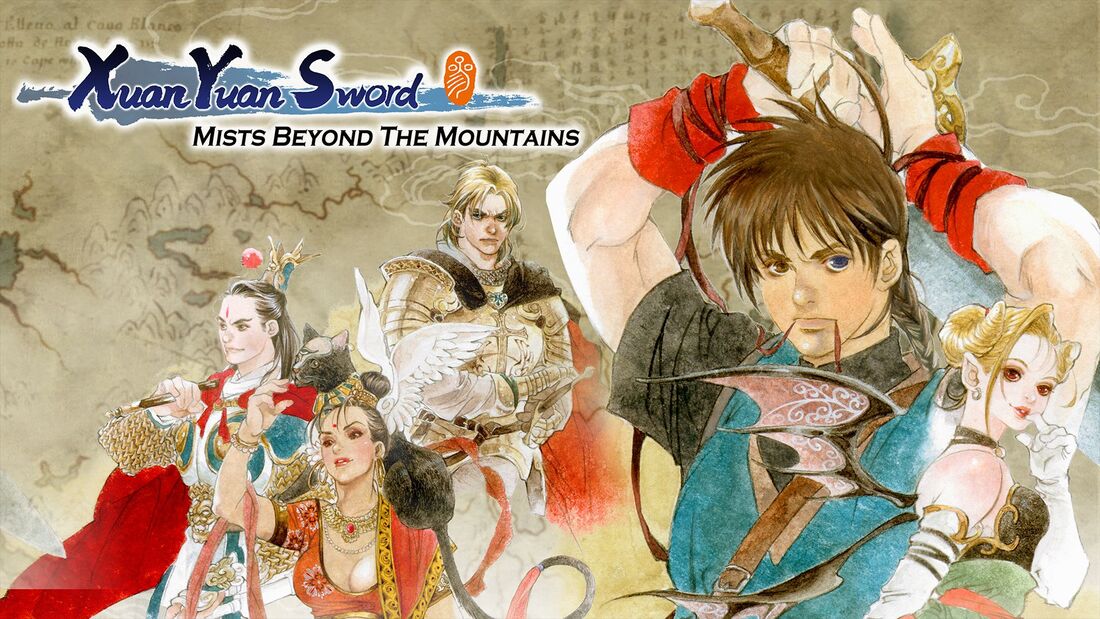

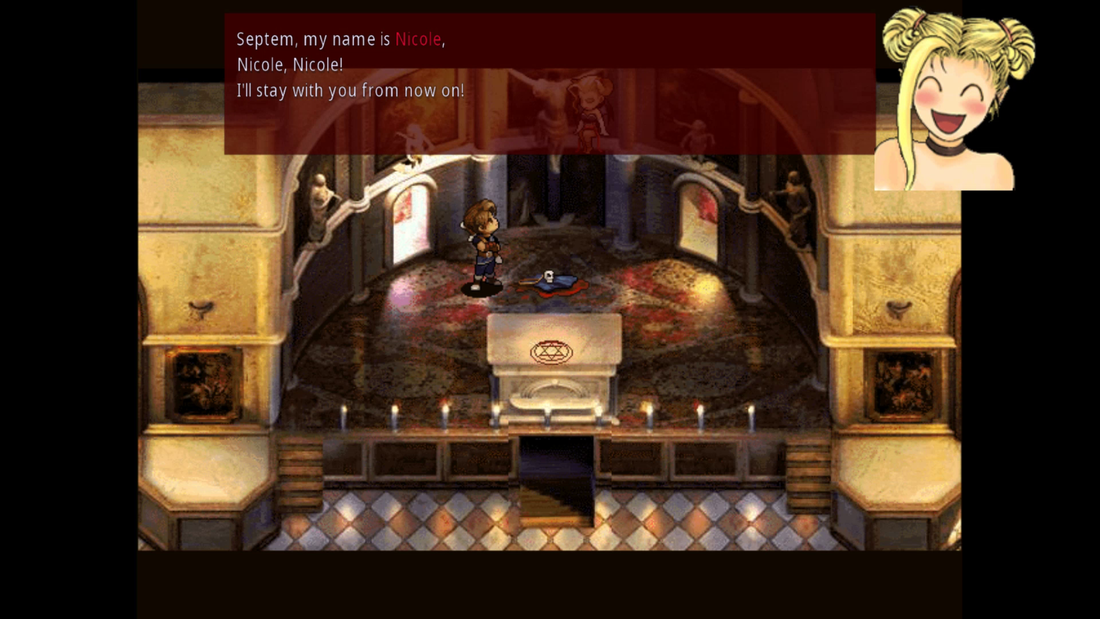
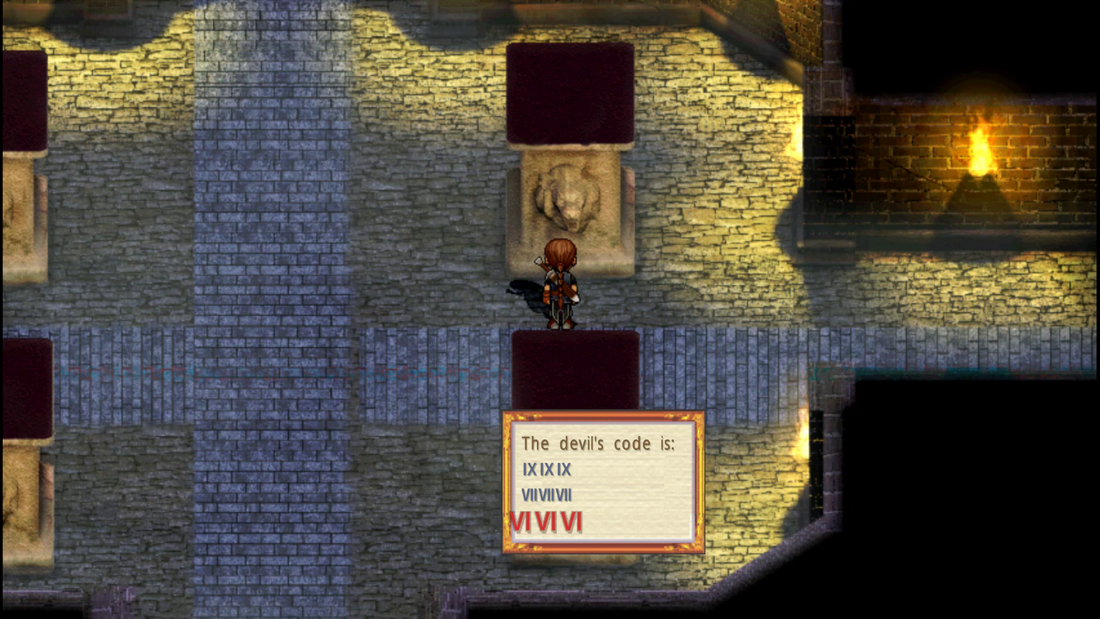


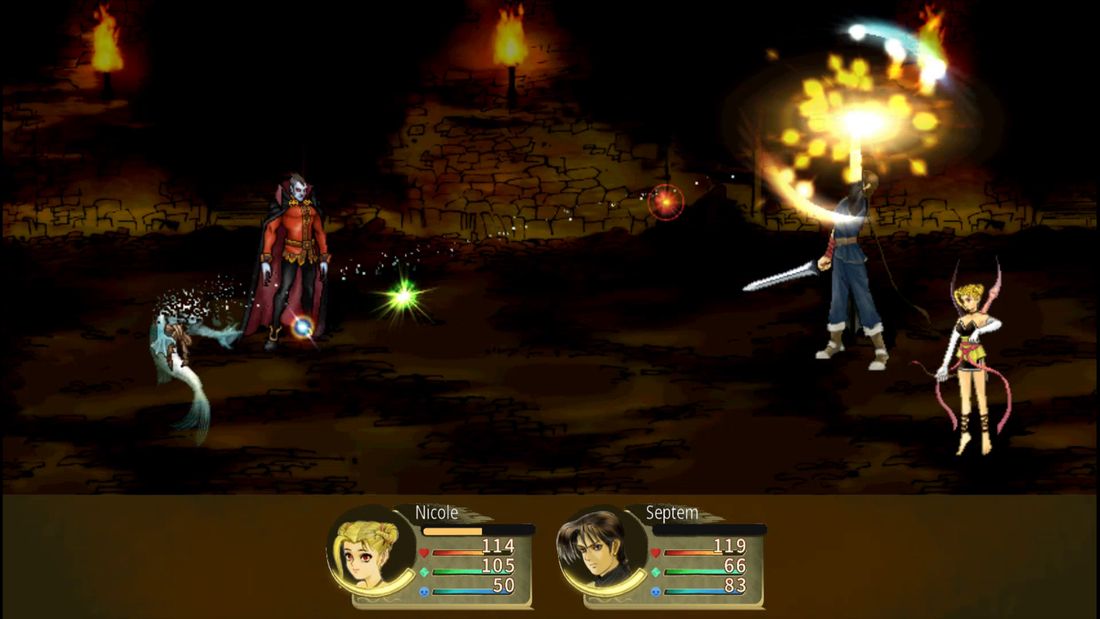
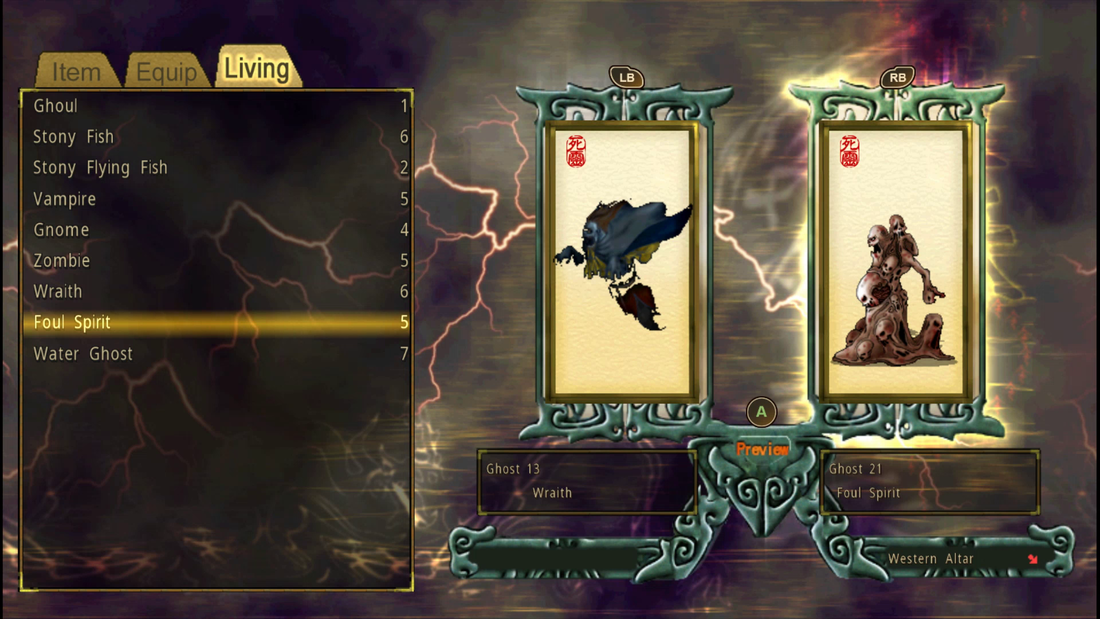


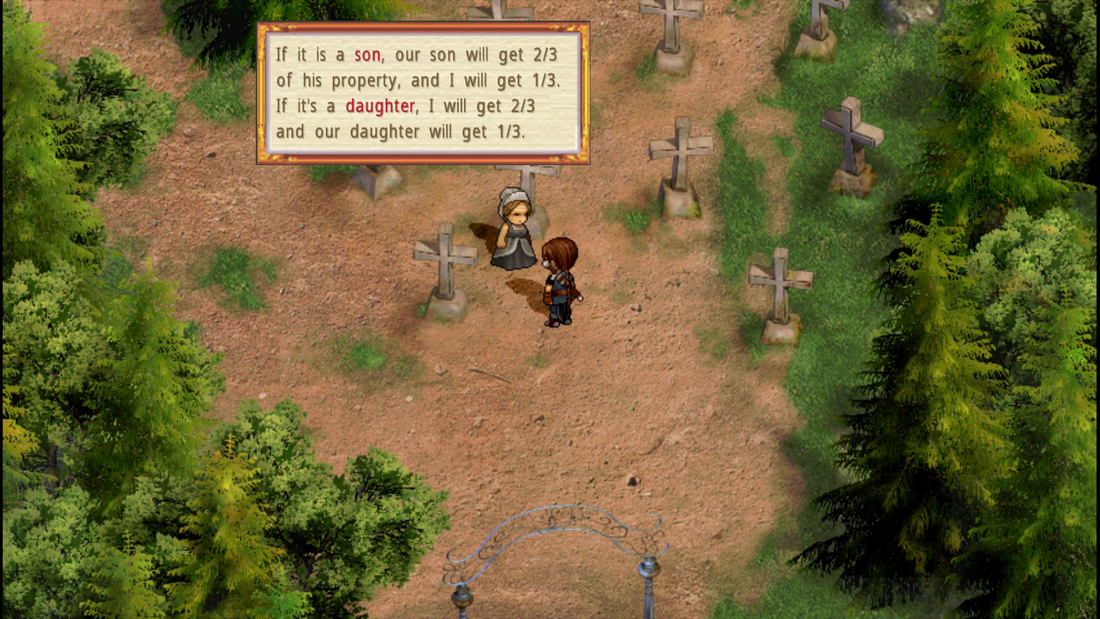
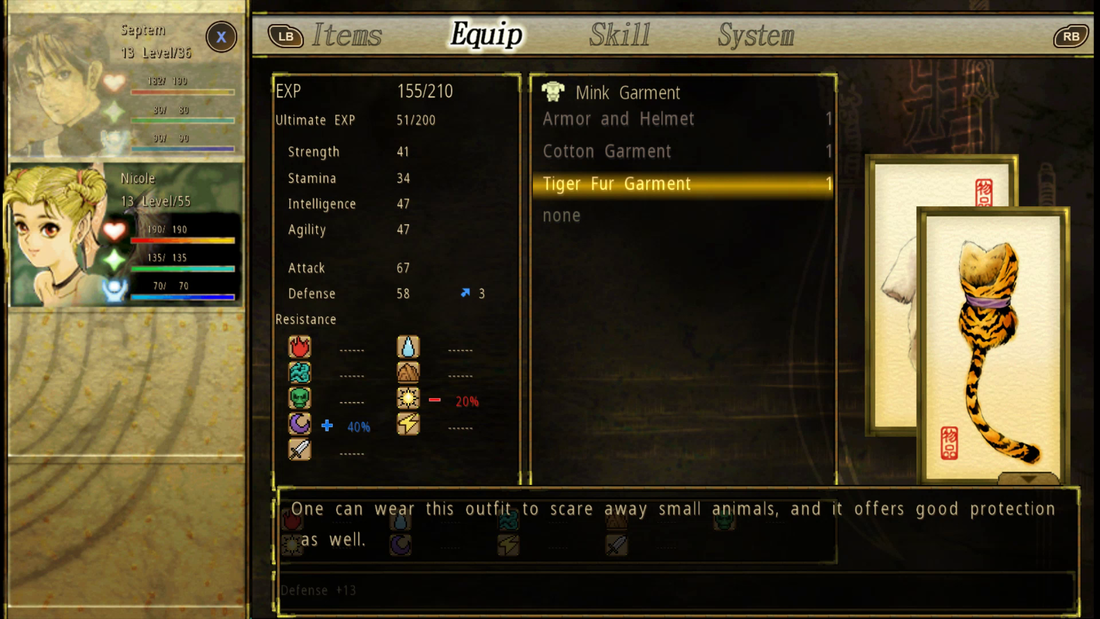

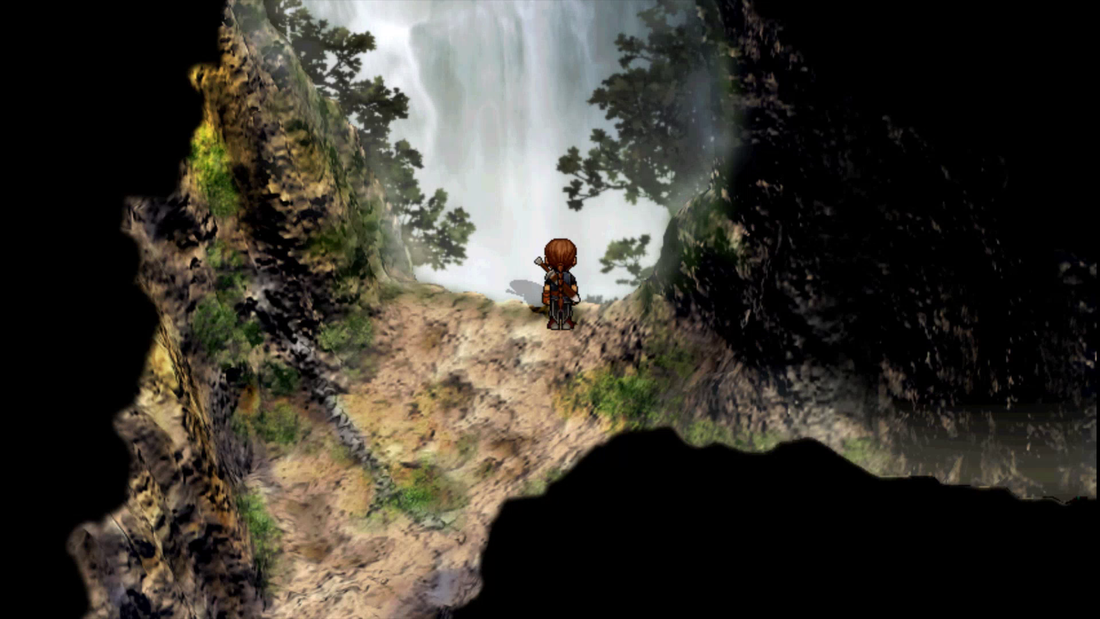
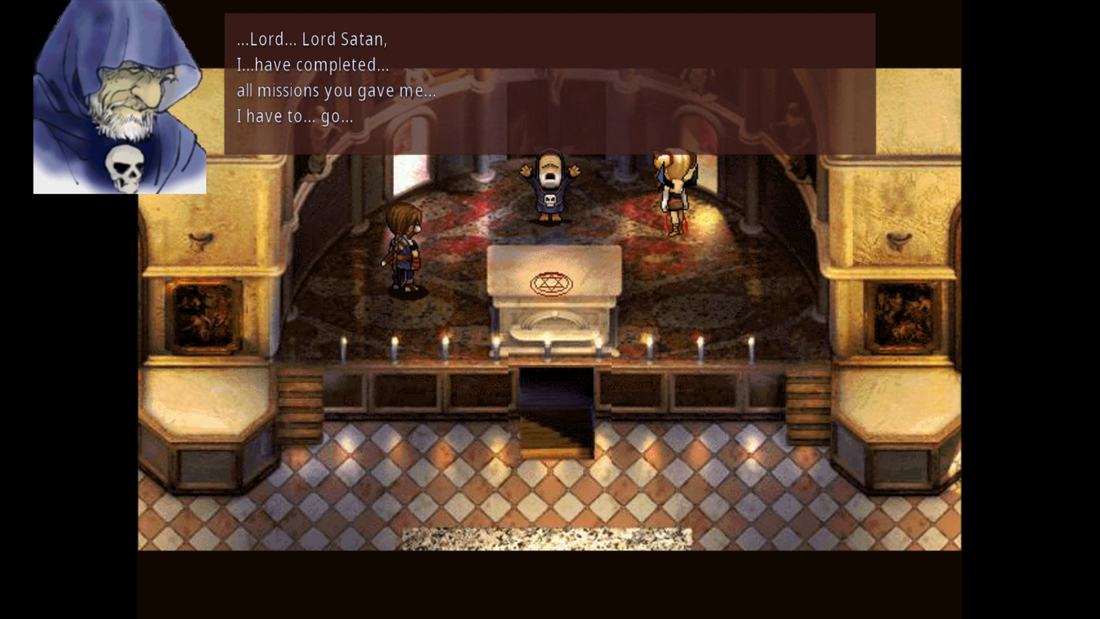
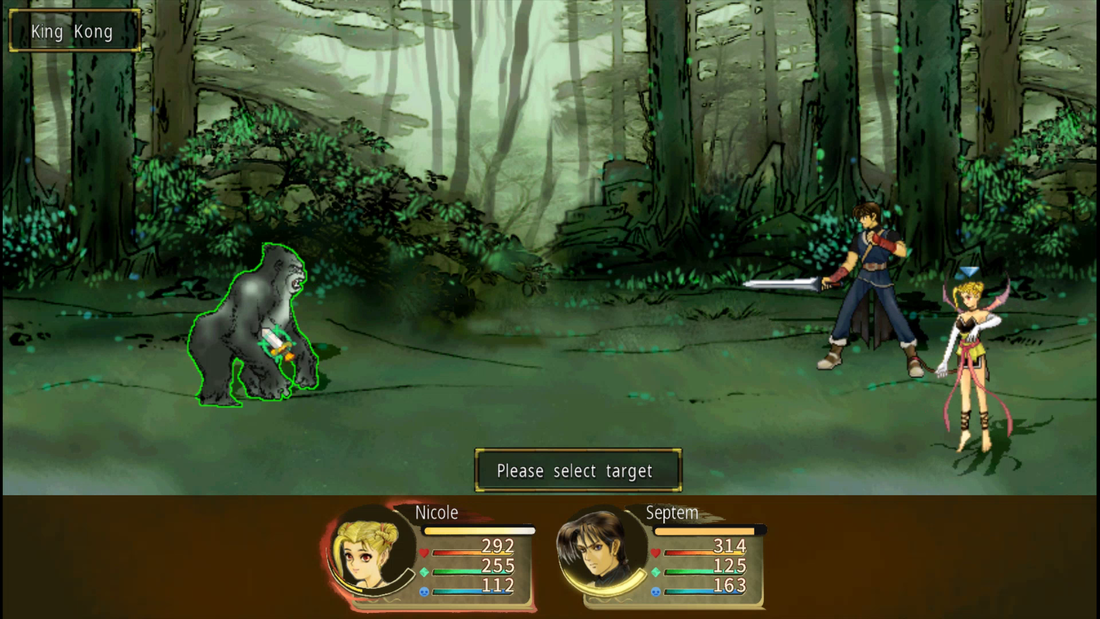

 RSS Feed
RSS Feed